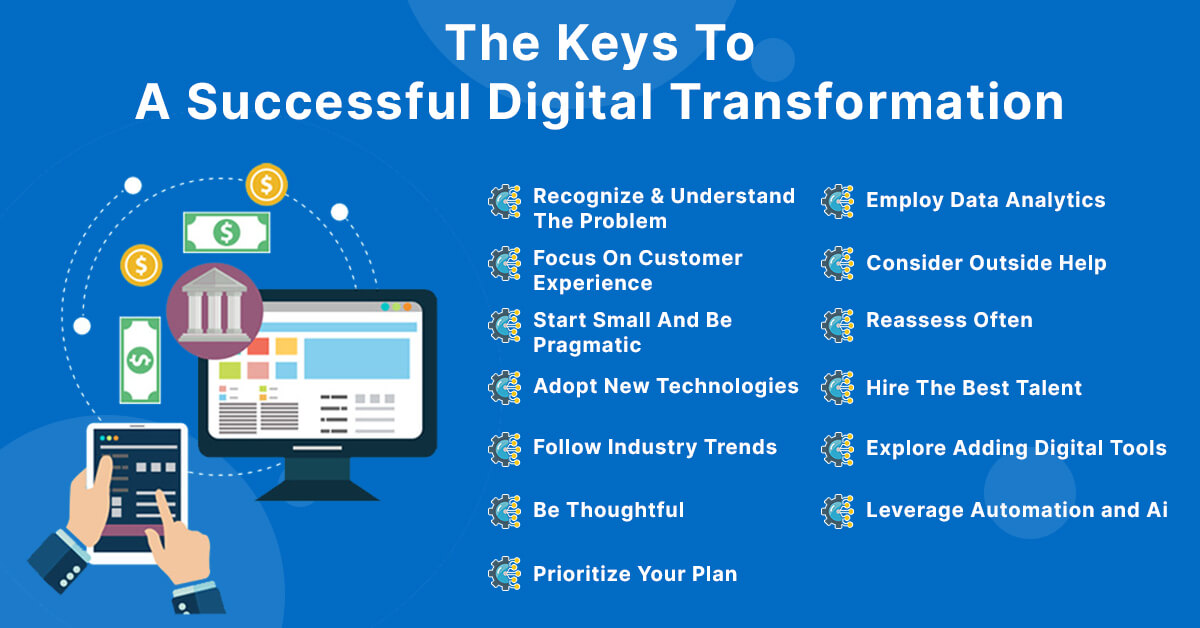Gpt66x: Revolutionizing Artificial Intelligence

Contents
- 1 Introduction
- 2 Understanding Gpt66x
- 3 Benefits of Gpt66x
- 4 Gpt66x vs Traditional AI
- 5 Implementing Gpt66x
- 6 Case Studies
- 7 Challenges and Solutions
- 8 Future of Gpt66x
- 9 Conclusion
- 10 FAQs
- 10.1 What industries can enjoy Gpt66?
- 10.2 Is Gpt66x suitable for multilingual applications?
- 10.3 How can organizations mitigate the risk of biased outputs in Gpt66?
- 10.4 What are some common challenges in implementing Gpt66?
- 10.5 What is the future outlook for Gpt66?
- 10.6 Can Gpt66 be integrated into existing AI systems?
Introduction
In recent years, the field of artificial intelligence (AI) has been groundbreaking. Advancements, with one of the most notable developments being Gpt66x. This innovative technology has transformed the landscape of AI, offering unprecedented capabilities. And opportunities for businesses and industries worldwide.
Understanding Gpt66x
Gpt66x, short for Generative Pre-trained Transformer 66x, represents. A cutting-edge approach to AI that leverages deep learning and natural. Language processing techniques. At its core, Gpt66x is designed to understand and generate. Human-like text based on vast amounts of data it has been trained on.
How does Gpt66x work, you might wonder? Unlike traditional AI models that rely on predefined rules and structures,. Gpt66x utilizes a sophisticated neural network architecture to analyze and process input data. By training on diverse datasets, Gpt66x develops a comprehensive understanding. Of language patterns, enabling it to generate relevant and coherent text output.
Benefits of Gpt66x
The adoption of Gpt66x brings forth a myriad. Of benefits for organizations across various sectors. One of its primary advantages is its ability. To streamline content generation processes, empowering businesses to create high-quality. Engaging content at scale. Whether it’s generating product descriptions, marketing copy, or customer support responses, Gpt66x excels at producing coherent and persuasive content. Text tailored to specific requirements.
Furthermore, Gpt66x finds extensive applications across industries. Such as marketing, healthcare, finance, and e-commerce. From improving search engine optimization (SEO) strategies to enhancing customer service interactions,. Gpt66x serves as a versatile tool for driving efficiency and innovation.
Gpt66x vs Traditional AI
A fundamental distinction between Gpt66x. Traditional AI systems lie in their approach to problem-solving and language understanding. While traditional AI models often rely on predefined algorithms and handcrafted features,. Gpt66x adopts a more data-driven and context-aware approach.
This key difference enables Gpt66x to generate. More nuanced and human-like responses, making it particularly effective in tasks. That needs natural language understanding and generation. Additionally, Gpt66x exhibits greater. Adaptability to diverse domains and languages, making it a preferred choice. For applications requiring multilingual support.
Implementing Gpt66x
Integrating Gpt66x into existing systems involves several. Crucial steps to ensure optimal performance and effectiveness. Organizations looking to leverage Gpt66x. We should start by identifying relevant use cases and datasets to train the model.
Once the data preparation phase is complete, organizations can fine-tune the. model to suit specific business objectives and requirements. This may involve adjusting parameters, optimizing hyperparameters, and evaluating model performance. Through rigorous testing and validation.
Case Studies
To illustrate the real-world impact of Gpt66. Let’s delve into a few compelling case studies:
-
Marketing Campaign Optimization: A leading e-commerce retailer utilized. Gpt6x to generate personalized marketing messages. Resulting in a 30% increase in conversion rates.
-
Medical Diagnosis Help: Healthcare providers integrated Gpt66. Into diagnostic systems, reducing diagnostic errors by 25% and improving patient outcomes.
-
Content Creation Enhancement: Media Companies Implemented. Gpt66 to automate content creation processes. Leading to a significant reduction in production time and costs.
Challenges and Solutions
While Gpt66x offers unparalleled capabilities, its implementation is not without challenges. One common obstacle is the potential for bias. Or misleading outputs, stemming from the biases present in the training data.
To mitigate this risk, organizations must focus on data quality. And diversity, ensuring that the training datasets are representative and inclusive. Additionally, ongoing monitoring and validation processes are essential to detect and address. Any biases or inaccuracies that may arise during model deployment.
Future of Gpt66x
Looking ahead, the future of Gpt66 holds immense. Promise and potential for further innovation and advancement. As researchers continue to refine and expand their capabilities. Of Gpt66 we can expect to see breakthroughs in some areas. Such as natural language understanding, conversational AI, and creative content generation
With ongoing developments in AI research and technology, Gpt66 is. poised to become an indispensable tool for businesses seeking to stay ahead. In a competitive and dynamic market landscape.
Conclusion
In conclusion, Gpt66x represents a paradigm. Shift in artificial intelligence, offering unparalleled capabilities for natural language understanding and generation. From its innovative architecture to its diverse applications. Across industries, Gpt66 holds the key to unlocking. New possibilities and driving transformative change. By harnessing the power of Gpt66, organizations can revolutionize their operations. Enhance customer experiences, and unlock new opportunities for growth and innovation.
FAQs
What industries can enjoy Gpt66?
-
Gpt66x finds applications across various industries, including marketing, healthcare, finance, e-commerce, and more.
Is Gpt66x suitable for multilingual applications?
-
Yes, one of the key advantages of Gpt66 is its ability to support. Multilingual text generation, making it ideal for global businesses.
How can organizations mitigate the risk of biased outputs in Gpt66?
-
To address biases in Gpt6x outputs, organizations should focus on data quality. Diversity, and ongoing monitoring and validation processes.
What are some common challenges in implementing Gpt66?
-
Challenges in implementing Gpt66 include data preparation. Model fine-tuning, and ensuring ethical and responsible use of AI technologies.
What is the future outlook for Gpt66?
-
The future of Gpt66 holds immense promise for further innovation. And advancement, with ongoing developments in natural language understanding and creative content generation.
Can Gpt66 be integrated into existing AI systems?
-
Yes, Gpt66 can be. integrated into existing AI systems to enhance. Their capabilities in natural language processing and generation tasks.



